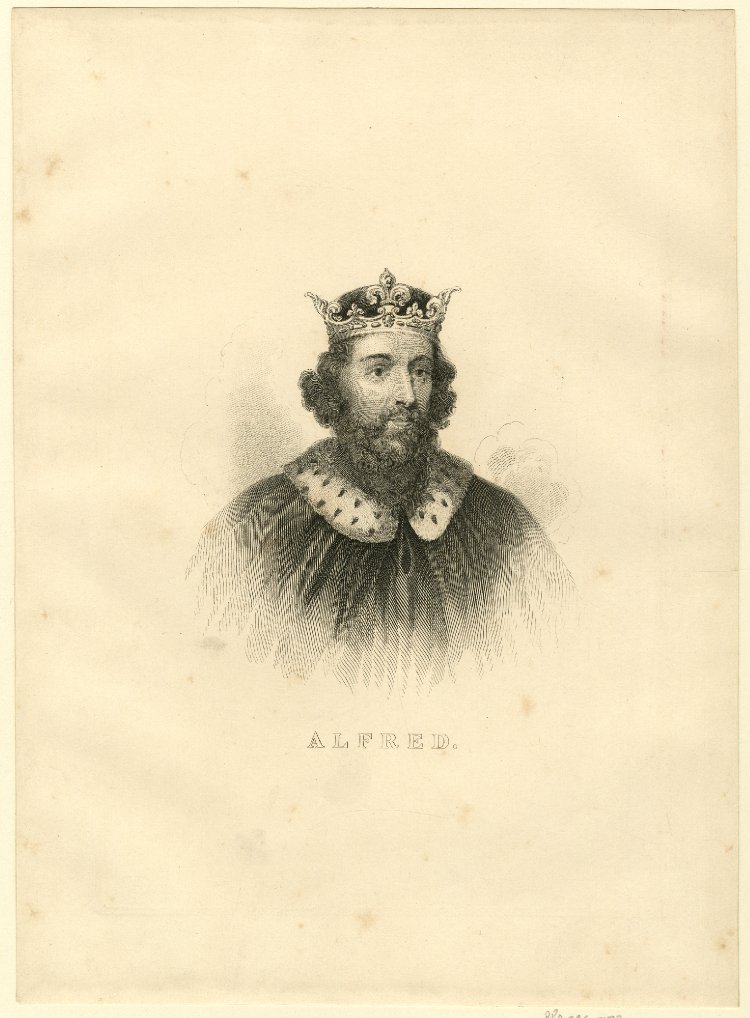Alfred the Great
The River Lea was once wider and more powerful than the channel we see today and surrounded by low-lying marshes.
It first appears in the historical records around AD 880 when it formed the border between Anglo-Saxon Wessex and Danelaw (the part of Anglo-Saxon England colonized by invading Danish armies).
Around AD 894 the Danes tried to invade further into Anglo-Saxon territory, sailing Viking longships up the river. Rather than attack them directly, King Alfred the Great diverted the River Lea into a newly-cut channel. This lowered the depth of the river, leaving the Vikings stranded. They were forced to abandon their ships and flee on horseback.
Image credit:
Portrait of Alfred the Great, late 19th century © The Trustees of the British Museum
From the Collection of


